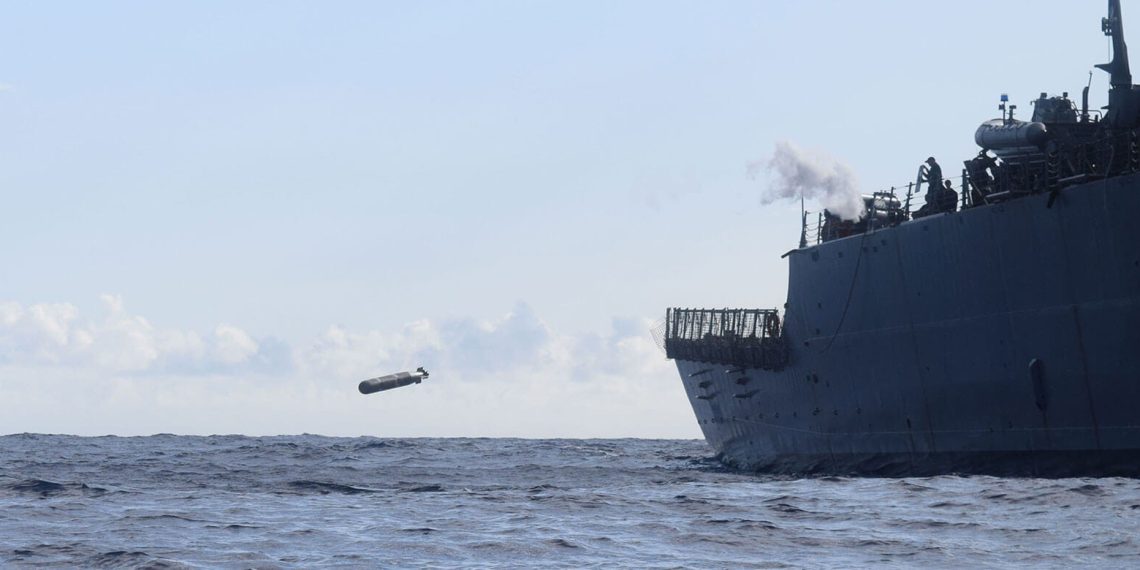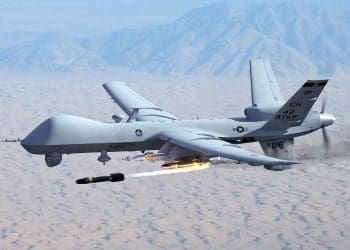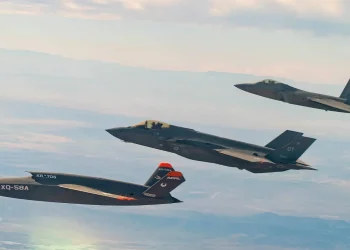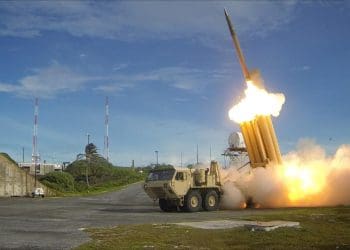In a sweeping move to strengthen its global military partnerships, the United States has approved nearly $1 billion in arms sales to India, Italy, and Romania. The State Department, in a series of announcements on Monday, greenlit critical defense packages, including torpedoes for India, electronic attack systems for Italy, and radar systems for Romania. This trio of deals underscores Washington’s commitment to fortifying its allies in key strategic regions around the world.
Torpedoes for India: Bolstering the Indo-Pacific Defense Line
In the first of these deals, the US approved a $175 million foreign military sale to New Delhi, supplying 53 MK 54 lightweight torpedoes for the Indian Navy’s MH-60R helicopters. This package includes not just the torpedoes but also essential support materials like recoverable exercise torpedoes, air launch accessories, and technical assistance to ensure effective integration and operational readiness.
According to the Defense Security Cooperation Agency, this sale aims to enhance India’s anti-submarine warfare capabilities, providing a boost to its defense preparedness. The move is a clear signal of the US-India strategic partnership aimed at maintaining stability in the increasingly contested Indo-Pacific region.
Manufactured by Raytheon, the MK 54 torpedo is a versatile weapon capable of engaging threats in both shallow coastal and deep-water environments. Armed with a 97-pound high-explosive warhead and reaching speeds of up to 46 miles per hour, the MK 54 is designed to deliver lethal strikes against enemy submarines regardless of water conditions.
Italy’s Electronic Attack Systems: Upgrading Rome’s Warfare Capabilities
The second major approval involves Italy’s acquisition of cutting-edge Electronic Attack mission systems (EA-37B) for its Gulfstream G-550 aircraft, at an estimated cost of $680 million. These advanced systems are designed to disrupt enemy radar, communications, and navigation systems, providing Italy with a significant edge in modern warfare scenarios.
The package includes personnel training, maintenance, and logistics support to ensure the Italian Air Force can maximize the effectiveness of this technology. By integrating these systems, Italy aims to enhance its ability to neutralize enemy command and control capabilities, particularly when engaging in overseas contingency operations. This upgrade is a crucial step in Rome’s efforts to align with NATO’s evolving defense strategies and to meet new threats head-on.
Romania’s Sentinel Radar: Strengthening Air Defense Capabilities
Romania, a key NATO member on the alliance’s eastern flank, received approval for the purchase of four AN/MPQ-64 F1 Sentinel radar systems from US manufacturer RTX. Valued at $110 million, this deal enhances Romania’s air defense infrastructure by providing cutting-edge technology capable of detecting and classifying hostile aircraft, helicopters, drones, and missiles.
The Sentinel radar is a three-dimensional system that identifies the range, bearing, and elevation of incoming threats, supplying critical information to air defense units. US Ambassador to Romania, Kathleen Kavalec, emphasized the importance of the deal, noting, “These radar systems will greatly increase the early warning for potential threats to Romanian cities and critical infrastructure, and better protect the territory and citizens of Romania.”
US Arms Sales Surge: A Global Strategy
These recent deals are part of a larger surge in US foreign military sales, which hit a record $80.9 billion in fiscal year 2023—a 55.9% jump from the previous year. The bulk of this amount, $62.25 billion, was funded by US allies and partners, highlighting the growing demand for American-made military equipment. The deals with India, Italy, and Romania not only reinforce the defense capabilities of these nations but also solidify the US’s role as a crucial security partner worldwide.
As the US continues to expand its military cooperation through strategic arms deals, these approvals demonstrate Washington’s determination to bolster its allies and maintain a strong presence across key regions, from the Indo-Pacific to Europe’s eastern frontier.









